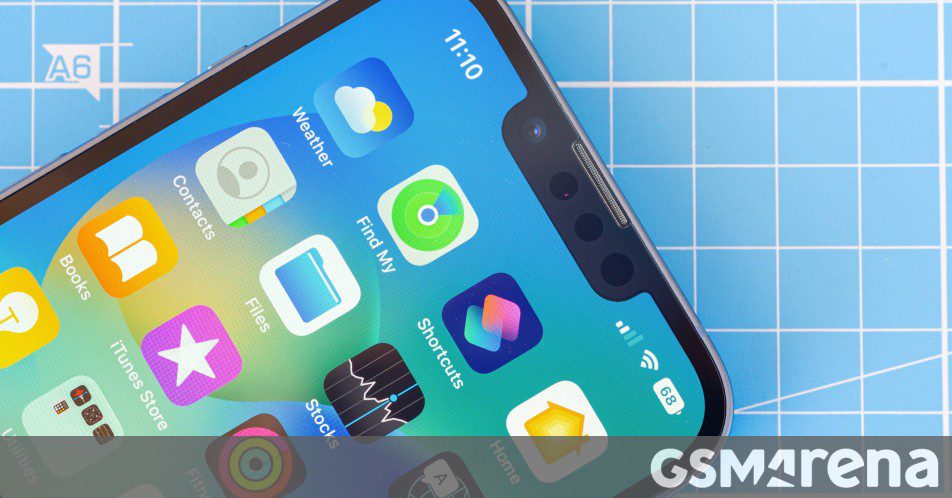
After a series of leaks, Apple is anticipated to unveil its fourth-generation iPhone SE later this week. This new baseline model will introduce several notable features to the SE lineup, such as an OLED display and Face ID, alongside its first in-house 5G modem produced by TSMC.

This transition marks a substantial shift for Apple, as the company has historically utilized external chip makers like Intel and, more recently, Qualcomm for its modem solutions. A recent report from South Korea indicates that Apple’s inaugural modem may not match the performance of Qualcomm’s high-end Snapdragon X75.
The report reveals that Apple’s modem may lack mmWave 5G support, potentially offering fewer advanced carrier aggregation features compared to Qualcomm’s offering. Consequently, users of the iPhone SE 4 might experience slower upload and download speeds than those with the iPhone 16 series, which is equipped with the Snapdragon X75 modem.

This development isn’t unexpected, as Apple could be using its more affordable iPhone variant to pilot its first generation of self-engineered modem technology. Earlier reports hinted that Apple’s debut modem might feature Dual SIM Dual Standby and be tightly integrated with its custom processors, enhancing overall efficiency.
Source (in Korean)









